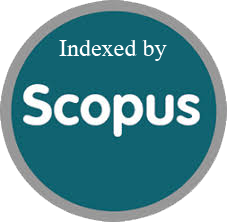RETRACTED: Water Tower Conservation and Sriwijaya University Law Efficiency Based on Indonesian Green Building Certification
 Viewed = 0 time(s)
Viewed = 0 time(s)
Abstract
This article has been retracted: please see ASCI Policy on Article Withdrawal (https://ascijournal.eu/index.php/asci/plagiarism).
This paper is retracted at the request of the Authors.
Downloads
Copyright (c) 2022 Citra Indriyati, Saniatul Izzah (Author)

This work is licensed under a Creative Commons Attribution-NonCommercial-ShareAlike 4.0 International License.

 https://doi.org/10.35877/454RI.asci997
https://doi.org/10.35877/454RI.asci997










